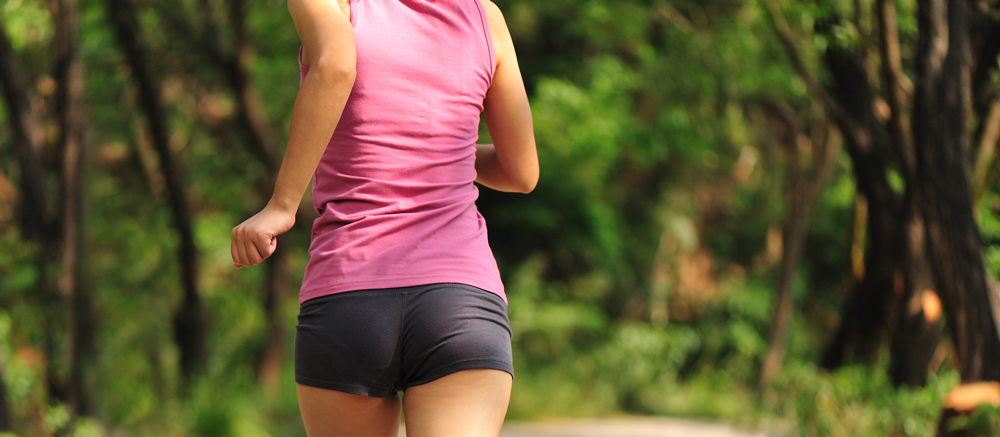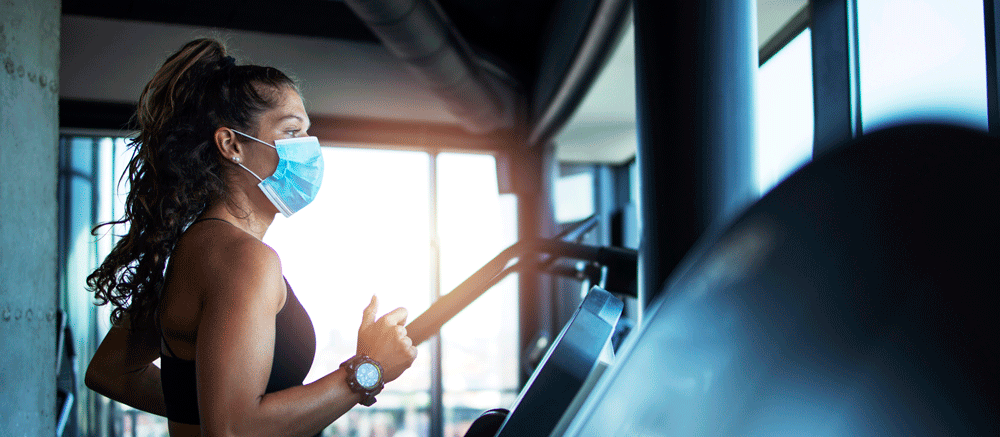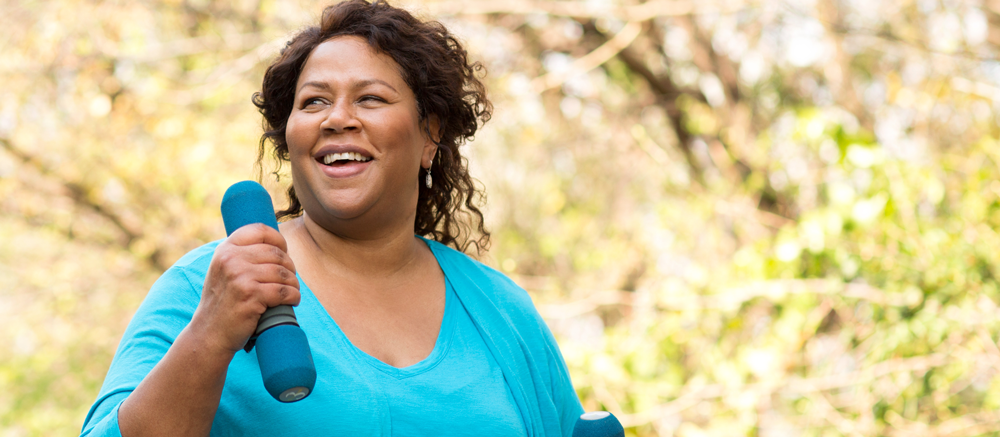Update: More Thoughts on Outdoor Activities and Slipstreams
April 22, 2020
Again, we hope everyone is fairing well during this time and staying safe and healthy. As a follow up to our previous post on wearing a face mask, there's already been some new data regarding further social distancing suggestions for runners. It comes from the Phys Ed column in The New York Times and reports that when air moves around us, it can create a wake of 15 feet exposing those behind us.
Here are some highlights from that April 21, 2020 piece. If anything, we should all err on the side of caution, but remember there's always the option of running indoors:
It may be a good idea to give one another more than six feet of space while exercising outside during the current coronavirus pandemic, according to a compelling new study that looked at how air flows around bodies in motion. The study has not yet been published in a peer-reviewed journal and the results need further confirmation. But they indicate that runners and brisk walkers may create a wake of air behind them that could carry exhaled respiratory droplets for 15 feet or more, meaning that the droplets could reach people walking or jogging well behind them.
The findings, released last week as a brief white paper and accompanying series of animations, have been shared widely on social media and prompted some trepidation among people worried they demonstrate that sharing the outdoors with other exercisers, especially runners, raises infection risk. But the study, which has now been posted in full online, did not look at coronavirus particles specifically or how they are carried in respiratory droplets in real-life conditions. Nor does it prove or even suggest that infection risks rise if you do wind up temporarily strolling behind a panting runner.
Still, its calculations make sense. It finds that when we walk or run, the air moves differently around us than when we are still and the best way to maintain a proper social distance in that situation is to avoid slipstreams, the currents of air that follow a moving body.
By now, we all are achingly familiar with social distancing, which mandates that we stay at least six feet apart during the pandemic. This edict is based on studies and models showing that exhaled droplets capable of carrying the coronavirus rarely travel as far as six feet. But that research generally looked at quiet air and immobile people. Little has been known about what happens when people are moving.
So, in the past few weeks, Bert Blocken, who studies fluid dynamics, decided to model air flow between and around active people. Dr. Blocken, a professor of civil engineering with dual appointments at Eindhoven University of Technology in the Netherlands and KU Leuven in Belgium, had created past computational models of drafting while cycling and the flight path of viruses as they drift through inadequately ventilated buildings.
To find those equivalencies, they combined results from several already-completed models, one of which computed the paths of respiratory droplets of various sizes, using droplet data gathered after the SARS epidemic in 2003. This model approximated how far vapor droplets generated during normal breathing would be pushed by air moving at various speeds. The second model calculated air flow around and behind a lean six-foot runner moving at a pace of about 6 minutes and 40 seconds per mile or walking at a leisurely two-and-a-half miles per hour.
They then mathematically determined what might happen to respiratory droplets exhaled by that theoretical runner or walker, based on how air displaced around him.
They found that, in their model, most droplets swirled directly into the wake of air following that runner and were pulled along in his slipstream long enough that the aerodynamically equivalent social distance — the distance he should remain separated from those behind him to achieve relatively low droplet concentrations — was almost 30 feet.
The equivalent social distance during brisk walking was about 15 feet, the researchers also calculated.
Interestingly, they noted little side-to-side flow of air droplets in their model or spillage outside of the athlete’s slipstream. The respiratory droplets clustered in the long, narrow corridor of the athlete’s wake, which was about the width of his shoulders.
The implication of these findings, Dr. Blocken says, is that to keep social distance, runners and walkers should swing well wide when passing other people and not cut back sharply in front of them after passing.
“Be nice and wait awhile before you move back in front of anyone,” Dr. Blocken said. Similarly, if you find yourself behind someone while walking or jogging, move to the side until that leading person’s body no longer blocks your view, which should situate you outside of his or her slipstream, Dr. Blocken says.
Hope this helps shed a little more light on the value of masks as well as good common sense. Stay well!
.png?width=258&height=54&name=Landice_logo%20(1).png)




